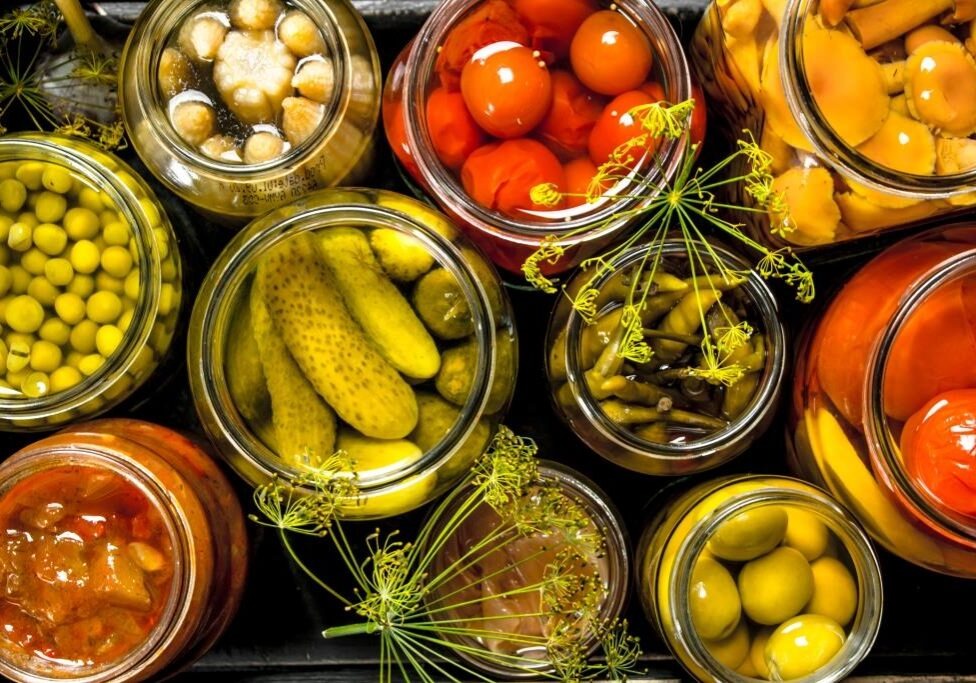The Origins and Art of Pickling
Pickling is an age-old method of preserving food that has been practiced for thousands of years across various cultures. The basic principle involves immersing vegetables or fruits in an acidic solution, often vinegar or brine, which inhibits the growth of harmful bacteria and molds. Traditionally, pickling was a means of extending the shelf life of seasonal produce, allowing communities to enjoy their favorite fruits and vegetables long after the harvest season had ended. From Korean kimchi to Indian achar, pickles have not only served as a means of preservation but have also become integral to regional cuisines, adding unique flavors and nutritional benefits to meals.
The Advent of Freeze Drying Technology
Freeze drying, or lyophilization, is a relatively modern food preservation technique that involves freezing the product, reducing the surrounding pressure, and then removing the ice by sublimation. This process retains the structural integrity and nutritional content of the food much better than traditional drying methods. Freeze drying was originally developed during World War II for preserving blood plasma and later adapted for food preservation by NASA to provide astronauts with lightweight, long-lasting meals. The technology has since been adopted by the commercial food industry, offering a new dimension to preserving various food products, including pickles.
The Process of Making Freeze Dried Pickles
Creating freeze dried pickles involves a meticulous process that combines traditional pickling methods with advanced freeze drying technology. Initially, cucumbers or other vegetables are pickled in a brine or vinegar solution, absorbing the tangy and flavorful pickling agents. Once the pickles have matured to the desired taste, they are rapidly frozen to a very low temperature, typically below -40°C. The frozen pickles are then placed in a vacuum chamber where the pressure is significantly reduced, causing the ice within the pickles to sublimate directly from solid to gas. This leaves behind the dry, crispy structure of the pickles while retaining their original shape, flavor, and nutritional value.
Benefits of Freeze Dried Pickles
Freeze dried pickles offer several advantages over their traditionally brined or canned counterparts. Firstly, the freeze drying process results in a lightweight, easily portable product, making it an ideal snack for outdoor activities such as hiking and camping. The preservation of texture and flavor ensures that freeze dried pickles can be enjoyed as a crunchy, tangy snack without the need for refrigeration. Additionally, the absence of moisture significantly extends the shelf life of the product, reducing food waste and making it a convenient pantry staple. Nutritionally, freeze dried pickles retain most of the vitamins and minerals found in fresh cucumbers, providing a healthy snack option that is low in calories but rich in probiotics and antioxidants.
The Growing Popularity and Market Potential
The market for freeze dried foods has been expanding rapidly, driven by consumer demand for convenient, healthy, and sustainable food options. Freeze dried pickles are no exception, gaining popularity among health-conscious consumers and culinary enthusiasts alike. The versatility of freeze dried pickles allows them to be used in a variety of applications, from salads and sandwiches to gourmet dishes and cocktails. With their unique texture and intense flavor, they offer a novel culinary experience that appeals to adventurous eaters. Moreover, as more consumers seek out plant-based and minimally processed foods, freeze dried pickles align perfectly with these trends, promising significant market growth and potential for innovation in the years to come.

